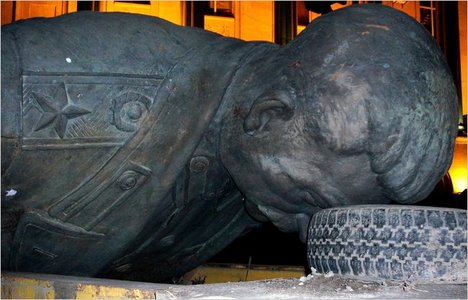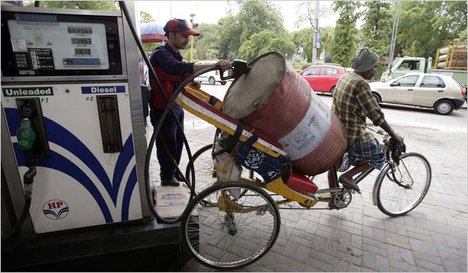(p. A15) Last November there was a world-wide outcry when a trove of emails were released suggesting some of the world’s leading climate scientists engaged in professional misconduct, data manipulation and jiggering of both the scientific literature and climatic data to paint what scientist Keith Briffa called “a nice, tidy story” of climate history. The scandal became known as Climategate.
Now a supposedly independent review of the evidence says, in effect, “nothing to see here.”
. . .
One of the panel’s four members, Prof. Geoffrey Boulton, was on the faculty of East Anglia’s School of Environmental Sciences for 18 years. At the beginning of his tenure, the Climatic Research Unit (CRU)–the source of the Climategate emails–was established in Mr. Boulton’s school at East Anglia. Last December, Mr. Boulton signed a petition declaring that the scientists who established the global climate records at East Anglia “adhere to the highest levels of professional integrity.”
This purportedly independent review comes on the heels of two others–one by the University of East Anglia itself and the other by Penn State University, both completed in the spring, concerning its own employee, Prof. Michael Mann. Mr. Mann was one of the Climategate principals who proposed a plan, which was clearly laid out in emails whose veracity Mr. Mann has not challenged, to destroy a scientific journal that dared to publish three papers with which he and his East Anglia friends disagreed. These two reviews also saw no evil. For example, Penn State “determined that Dr. Michael E. Mann did not engage in, nor did he participate in, directly or indirectly, any actions that seriously deviated from accepted practices within the academic community.”
Readers of both earlier reports need to know that both institutions receive tens of millions in federal global warming research funding (which can be confirmed by perusing the grant histories of Messrs. Jones or Mann, compiled from public sources, that are available online at freerepublic.com). Any admission of substantial scientific misbehavior would likely result in a significant loss of funding.
It’s impossible to find anything wrong if you really aren’t looking.
For the full commentary, see
PATRICK J. MICHAELS. “The Climategate Whitewash Continues; Global warming alarmists claim vindication after last year’s data manipulation scandal. Don’t believe the ‘independent’ reviews..” The Wall Street Journal (Mon., JULY 12, 2010): A15.
(Note: the online version of the article is dated JULY 10, 2010.)
(Note: ellipsis added.)





